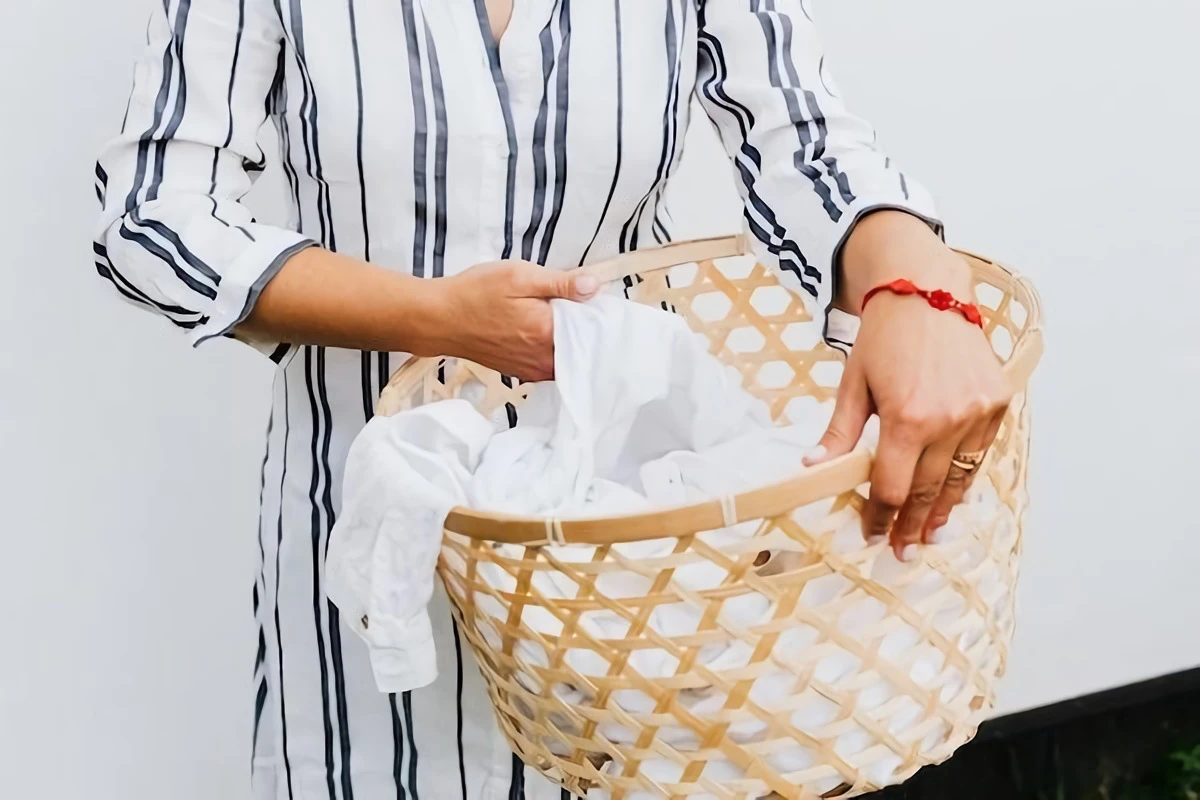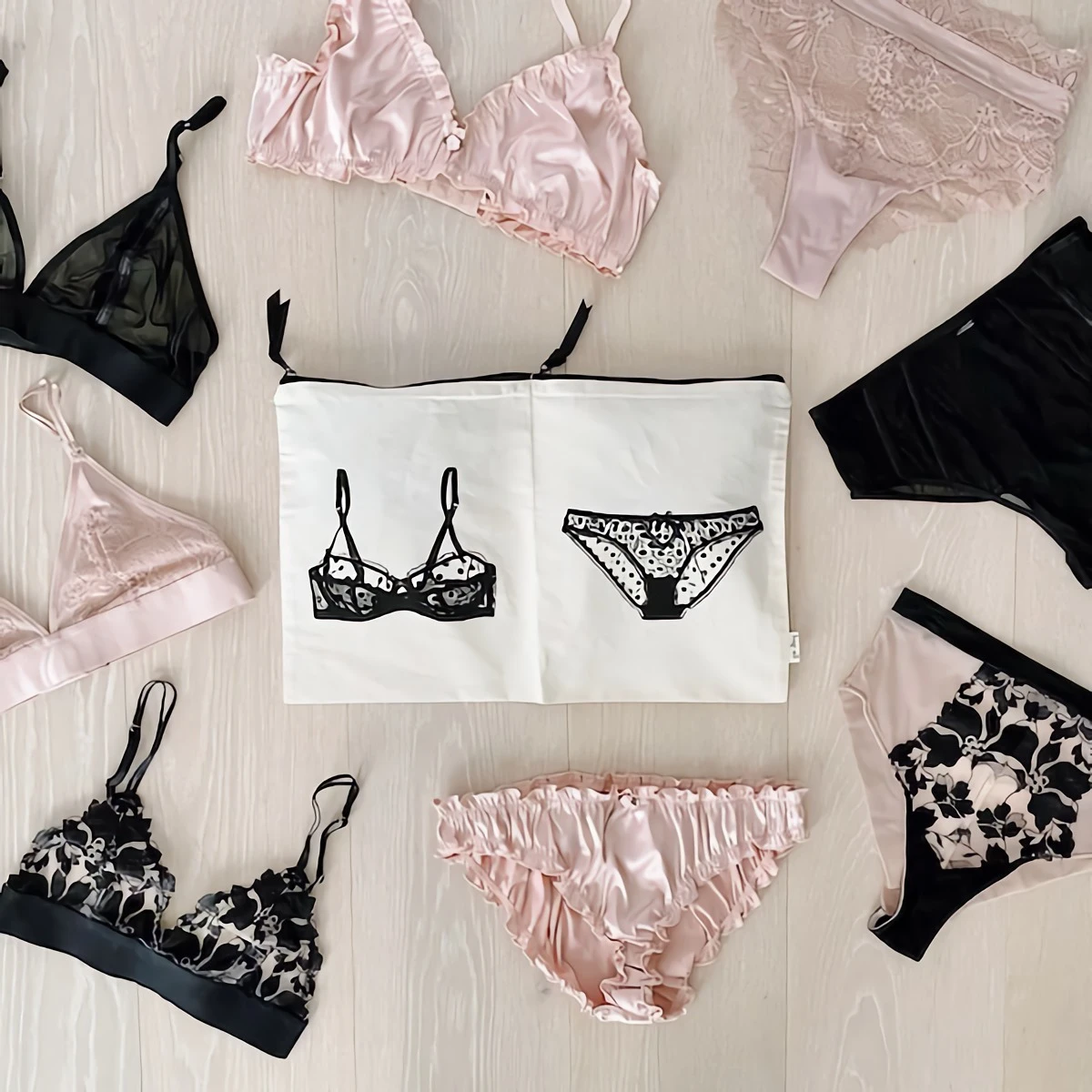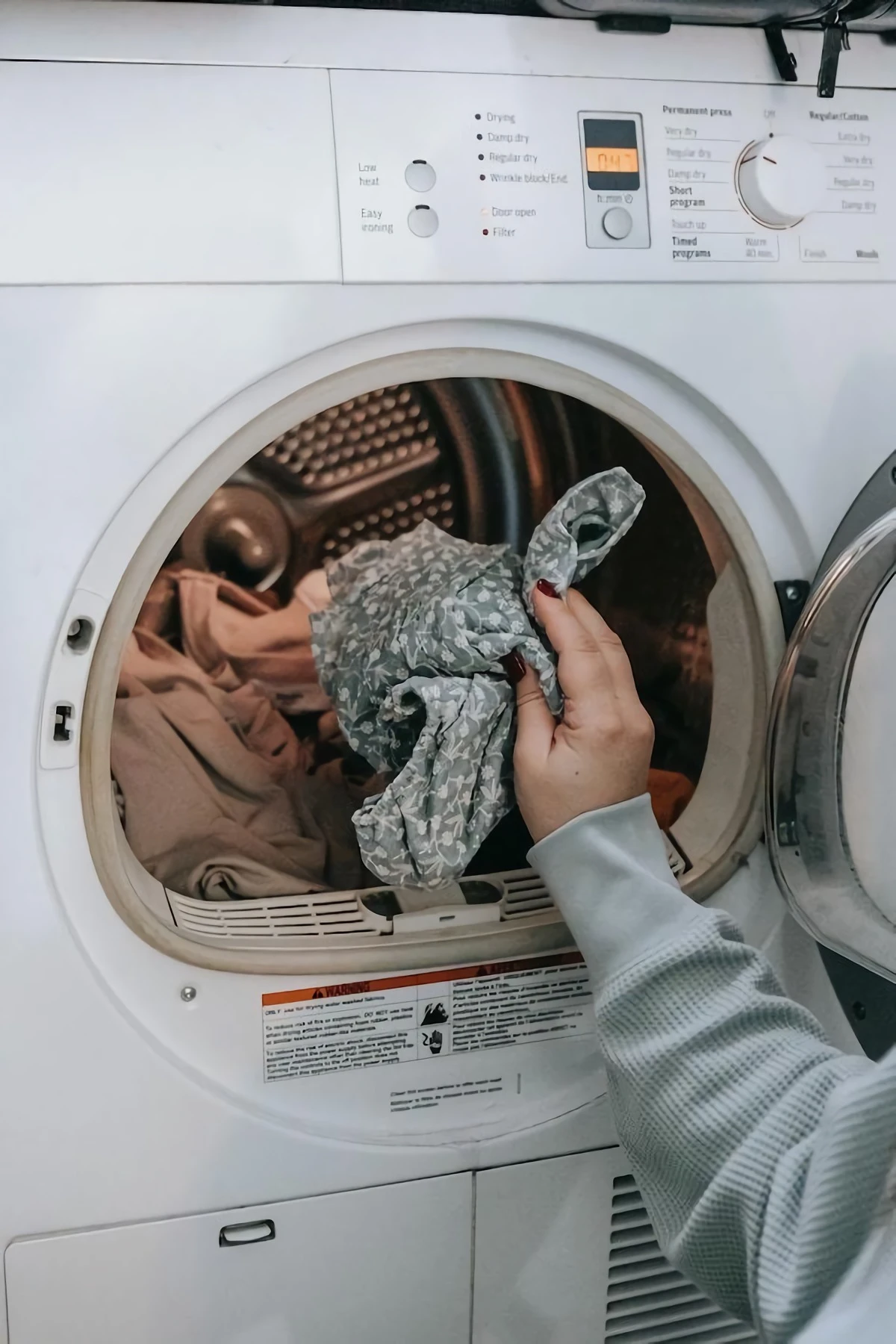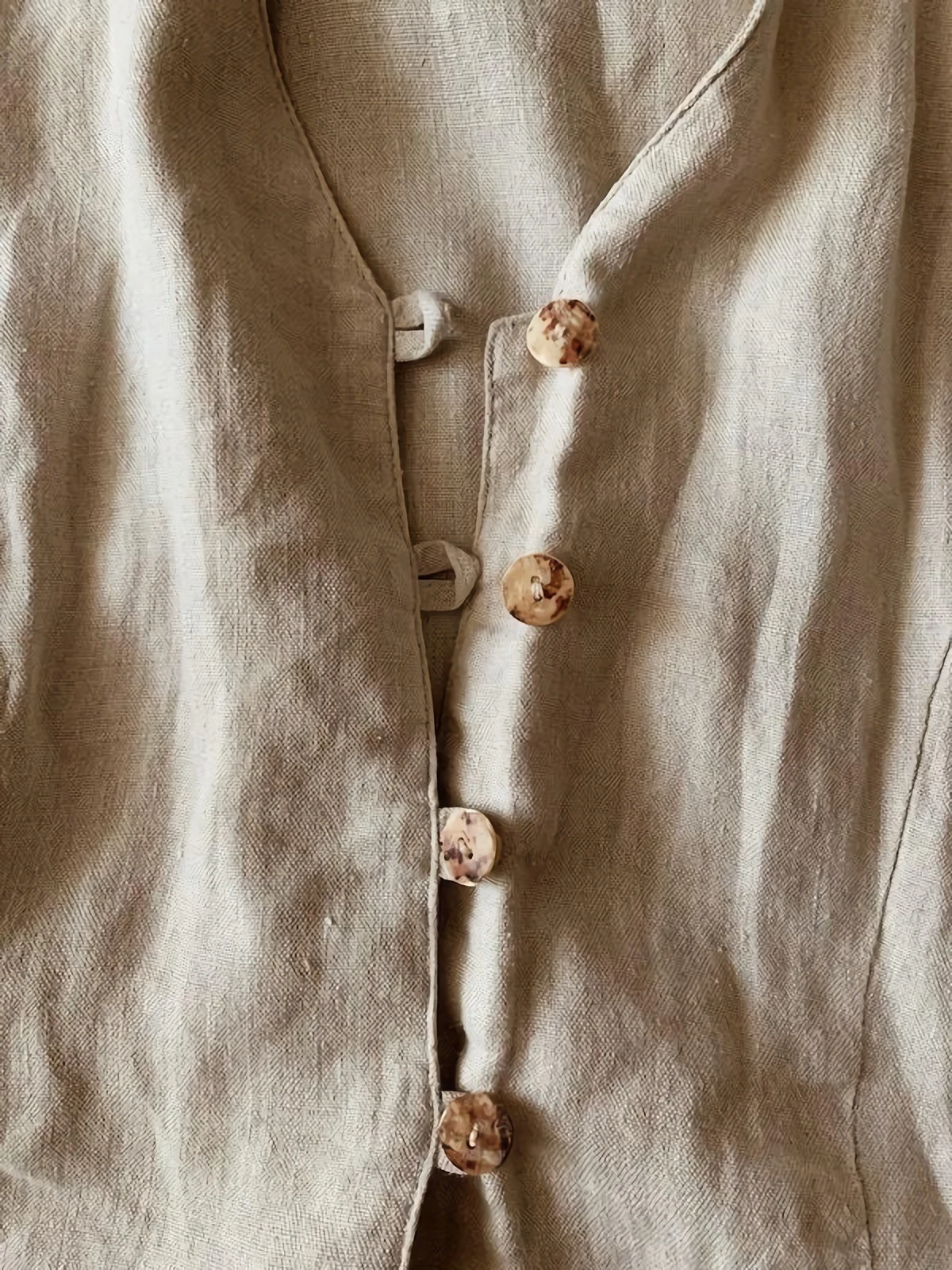Your Laundry Sucks. Here’s How to Fix It (From a Pro).
Let’s Be Honest About Laundry
My first real job was in the laundry of a huge hotel. Picture this: a basement filled with constant steam, the low rumble of massive machines, and the clean, crisp smell of linen. It was there, surrounded by literal tons of sheets and towels, that I learned a fundamental truth that changes everything: We don’t just wash clothes; we care for fabric.
In this article
Sounds a bit dramatic, I know. But shifting your mindset from a mindless chore to a thoughtful craft is the secret. So many people get frustrated when their favorite t-shirt fades, their towels feel like sandpaper, or their washing machine starts to smell… funky. These aren’t random acts of laundry betrayal. They’re the result of small, repeated mistakes that are incredibly easy to fix.
Over the years, I’ve seen it all. I’ve seen perfect linens and I’ve seen costly errors, like an entire load of brand-new hotel towels completely ruined by one wrong setting. My goal here is to pass on that hands-on knowledge. No complicated science, just the core basics, explained with an insider’s view on why they actually work. Let’s make your clothes last longer, look better, and feel way, way softer.

Get to Know Your Equipment
Your washer and dryer are the most powerful tools in your laundry arsenal. To get great results, you have to stop thinking of them as magic boxes and start understanding what’s happening inside. It’s just a simple mix of mechanics, water, and chemistry.
The Washing Machine: It’s Not Just a Spin Cycle
A washer cleans using a three-pronged attack. First, you have the chemical action from your detergent breaking down grime. Second is the thermal action from the water temperature, which helps the soap work better. But the most important part, and the one most people mess up, is the mechanical action.
This is simply the friction created by clothes tumbling and rubbing against each other. In a top-loader, a central agitator or a bottom impeller creates this movement. In a front-loader, gravity does the heavy lifting as clothes are picked up and dropped. This rubbing is what physically knocks the dirt loose. If you stop this from happening, your clothes won’t get clean, no matter how much soap you dump in.

The #1 Mistake: Stuffing the Machine
I see this all the time. In a rush to get it done, people cram every last piece of clothing into the drum. This is, without a doubt, the most destructive habit in laundry. When the machine is packed tight, your clothes can’t tumble; they just sort of wiggle in a big, dense clump. Water and detergent can’t get to the clothes in the middle, and there’s zero mechanical action. Dirt gets trapped right back where it started.
A properly loaded machine has a distinct sound—a rhythmic sloshing and falling. An overloaded one just makes a muffled, strained groan. Here’s a foolproof rule: never fill the drum more than three-quarters full with dry, un-compacted clothes. You should be able to easily fit your hand vertically between the top of the clothes and the top of the drum. That space is non-negotiable.
A little horror story for you: I once worked on a residential front-loader with a completely shattered main bearing. The repair was going to cost almost as much as a new machine. The owner admitted she always packed it to the absolute brim to

Inspiration:


The great denim debate: To wash or not to wash? Most denim aficionados agree: less is more. Washing jeans too often breaks down the cotton fibers and fades the indigo dye. For everyday wear, aim to wash them after every 6-10 wears. Spills can be spot-cleaned. To refresh them between washes, hang them outside in the shade or freeze them in a sealed bag for 48 hours to neutralize odor-causing bacteria without affecting the fit or color.

More than 85% of the energy used to machine-wash clothes goes to heating the water.
Switching to cold water for most of your loads is one of the easiest ways to make your laundry routine more sustainable and budget-friendly. Modern detergents, like Tide Coldwater Clean, are specifically formulated with enzymes that work effectively at lower temperatures. It’s a win for your wallet and the planet, and it also prevents bright colors from bleeding and fading.

Why do my athletic clothes still smell funky after washing?
It’s likely due to a buildup of body oils and bacteria trapped in the synthetic fibers. Fabric softener makes it worse by coating the fibers and locking the odor in. The solution is a one-two punch: wash performance wear separately in cold water, and use a detergent designed for synthetics, like Hex Performance or Nathan Sport Wash. For a deep clean, pre-soak them for 30 minutes in a solution of one part white vinegar to four parts water before washing.

- Softer, more absorbent towels
- Brighter, residue-free clothes
- A naturally cleaner, deodorized washing machine
The secret? A simple cup of distilled white vinegar. Add it to your fabric softener dispenser during the rinse cycle. It works by breaking down the detergent and mineral buildup that makes fabrics stiff, without leaving a vinegary smell behind.

A single overlooked detail: Always zip up zippers and fasten hooks on garments before they go into the machine. An open metal zipper can act like a tiny saw, snagging delicate fabrics, scratching the machine’s drum, and causing pulls and holes in your other clothes during the tumble cycle. It takes two seconds and can save your favorite sweater.

Mesh Laundry Bags: Your Unsung Heroes
Think beyond just delicates. These inexpensive bags are essential for protecting a range of items. Use them for:
- Lingerie & Tights: Prevents straps from tangling and hooks from snagging.
- Socks: Keeps pairs together so you’re not left with lonely singles.
- Embellished Items: Protects beading, sequins, and embroidery from the aggressive tumble of a machine.
- Baby Clothes: Keeps tiny items from getting lost or sucked into the washer’s gasket.
Never pour liquid fabric softener directly onto your clothes.
Doing so can cause oily-looking stains that are difficult to remove. It’s formulated to be diluted and released during the final rinse cycle. If your machine doesn’t have a dedicated dispenser, try a softener ball (like the classic Downy Ball) which automatically releases the liquid at the correct time, or simply skip it in favor of dryer balls or a splash of vinegar.










